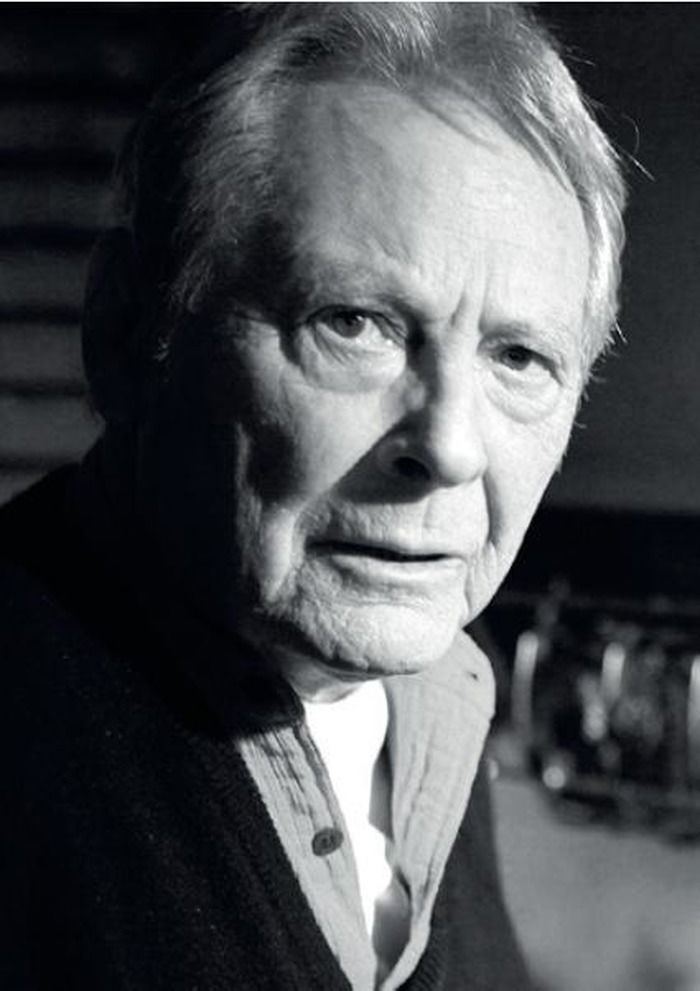Serge Mendjisky (1929-2017, Paris)
Serge Mendjisky was born in 1929 in Paris (died in 2017). His father, Maurice Mendjisky, was a Polish painter from the School of Paris, who brought him into the world of arts still as a child. After completing his studies at the School of Fine Arts of Paris (Ecole des Beaux Arts), he moved to Nice, in 1949, and painted for a living. He was particularly drawn to the work of the Impressionists and the Pointillists, notably Edouard Manet and Georges Seurat. He received Picasso’s encouragement, whom he knew through his father. Mendjisky was soon recognized as an artist and his work began to be exhibited in Europe, Japan and the United States.
In the 1960s, his painting is influenced by Van Gogh, Cézanne, and then he became interested in divisionism. In the late 1980s, he devoted himself to sculpture. This exploration allows him to establish compositions punctuated by volumes, and colors.
The artist was never confined to painting, exploring along his way a variety of other techniques such as sculpture, collage, and photography. He used photography to make his preliminary studies in painting. By decomposing and recomposing the horizons of some of the most famous cities of the world like New York and Paris, Serge Mendjisky creates new urban landscapes which put into question our perceptive faculties.
Volumes, lights and colors create different visual rhythms which create new connections between time and space. Through Serge Mendjisky’s creativeness, Broadway becomes an explosion of colored lights, while New York’s “Downtown” poetically waltzes to the sounds of a cello. Recognizable cityscapes are redefined, and their reality is reformulated by becoming three-dimensional. The work of Serge Mendjisky is represented in public collections as well as private, including the ones in the Museum of Modern Art of Paris, the Museum of Art of Philadelphia and the Pushkin State Museum of Fine Arts in Moscow.
